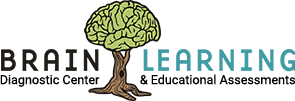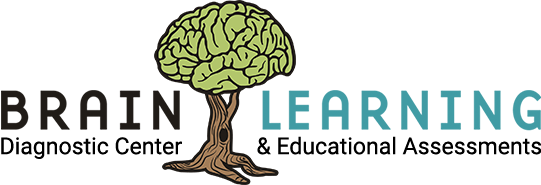Speech & Language Assessment
According to the American Speech and Hearing Association (ASHA)’s Preferred Practice Patterns for the Professions of Speech-Language Pathology (2004) comprehensive speech-language pathology assessment includes these components: Case history, including medical status, education, socioeconomic, cultural, and linguistic backgrounds and information from teachers and other related service providers Patient/client/student and family interview Review of auditory, visual, motor, and cognitive status Standardized and/or non-standardized measures of specific aspects of speech, spoken and non-spoken language, cognitive-communication, and swallowing function, including observations and analysis of work samples Identification of potential for effective intervention strategies and compensations Selection of standardized measures for speech, language, cognitive-communication, and/or swallowing assessment with consideration for documented ecological validity and cultural sensitivity Follow-up services to monitor communication and swallowing status and ensure appropriate intervention and support for individuals with identified speech, language, cognitive-communication, and/or swallowing disorders.

